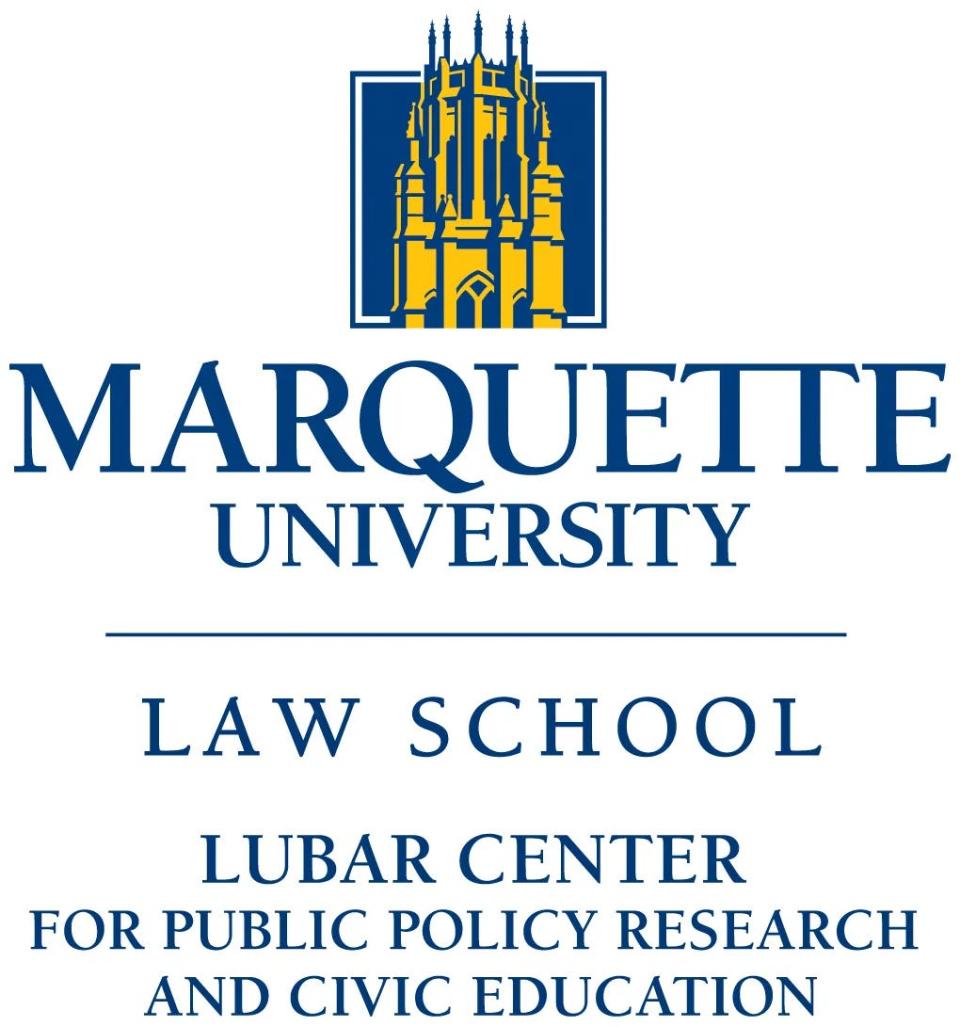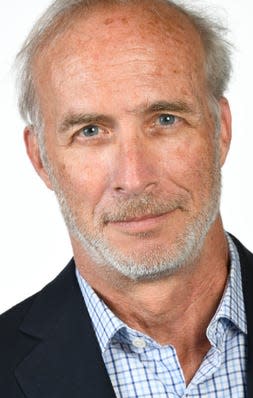The dilemma for Biden and Democrats in Wisconsin: a historically high enthusiasm gap
President Biden’s trip to Milwaukee March 13 had an obvious political purpose: to mobilize Democrats in a city where turnout could help decide the 2024 election.
But the turnout questions for Wisconsin Democrats go beyond Milwaukee this year.
A striking enthusiasm gap confronts Biden and his party.
We’ve seen it in national polling.

And we’re seeing it in Wisconsin, where the enthusiasm gap between Democrats and Republicans reached an all-time high in the Marquette Law School poll earlier this year.
In Marquette’s most recent Wisconsin survey, taken at the end of January, 63% of Republican voters said they were “very enthusiastic” about voting for president and other offices this fall.
Only 39% of Democrats said so.
That is by far the biggest partisan disparity (24 points) ever measured by Marquette, which has asked this question 34 times from 2014 to 2024.
It’s not that Republican enthusiasm is high. In fact, it’s a little bit below average, historically, and below where it was four years ago. (The same is true for independent voters).
What’s driving this partisan gap is that Democratic enthusiasm has been so historically low, whether due to concerns about Biden’s age, fears of a Donald Trump victory, dismay over the war in Gaza, or other factors.
Enthusiasm among Democratic voters in Wisconsin hit its lowest point ever in Marquette’s polling in a survey last fall. Then it declined even more in late January. In that last poll, enthusiasm was lower among Democratic voters (39% were “very enthusiastic”) than it was among independent voters (46%), which had never happened before in this survey.
“Right now, I think it’s clear Trump supporters are pretty enthused about him, and it's Biden’s (supporters) that aren’t as enthused,” Marquette pollster Charles Franklin said.
The big political question, of course, is whether this portends a Democratic turnout problem in November.
That’s not an easy question to answer. Better, of course, to have an enthusiastic base than not. But as Franklin notes, enthusiasm is a fluid measure. It can change over an election year, and we could see it change in polls to come. Nor is enthusiasm a perfect measure of how likely someone is to vote.
“The link between enthusiasm and turnout is not negligible, but it is not exceedingly strong either,” says Franklin.
Imagine a Democratic voter who is tepid on Biden but highly motivated to vote against former President Trump. That voter may tell a pollster that he or she is not excited about the election, but still be dead set on casting a ballot.
If this kind of voter is driving the enthusiasm gap, then it might not signify a serious turnout gap.
On the other hand, imagine a more casual Democratic voter whose lack of passion for Biden or pessimism about the election is the difference between turning out and not turning out. The 2024 polling is full of signs that Biden’s support is soft among young voters and voters of color, two groups that Democrats count on to turn out and support the party’s candidates by large margins.
If this kind of voter is driving the enthusiasm gap, and the gap persists, then Democrats could have a turnout problem in the fall.
The enthusiasm gap between the parties has surfaced in national polling as well. In a national survey Marquette did last month, 56% of Republican voters were very enthusiastic about voting compared to 38% of Democratic voters.
“I think enthusiasm right now is reflecting a certain malaise among Democrats about Joe Biden and fear of Trump’s apparent strength in recent polls,” Franklin said. “It doesn’t necessarily mean these Democrats will stay home, but it does raise the question of whether Democrats are as positively engaged in the campaign this year as they were in 2020.”
The numbers looked much different in the early months of 2020, when Trump was the incumbent president and Democrats were choosing their nominee.
In Marquette’s early Wisconsin polling that year, Democrats were a little bit more excited about the election than Republicans, and far more excited than now: 75% of Democratic voters were “very enthusiastic” about voting in 2020 in January. That rose to 80% in February and averaged 73% over the course of the election year.
Has this enthusiasm measure correlated at all with winning and losing elections?
Marquette began asking this question in the 2014 election cycle and continued in every election year since then, except 2016.
In 2014, Republicans had a consistent edge in enthusiasm and ended up winning that year’s top race in Wisconsin, for governor.
In 2018, Democrats had a consistent edge in enthusiasm and ended up winning both major statewide races, for governor and U.S. Senate.
In 2020 and 2022, the Marquette poll found smaller differences between the parties on this question, and the election results were close and mixed.
But in recent polls about the 2024 race, we’re in uncharted territory, with enthusiasm among Democratic voters in Marquette’s last two polls running about 20 to 30 points below historic averages.
These polls don’t tell us precisely what is driving the partisan enthusiasm gap.
By some measures, Democrats don’t like Biden any less than Republicans like Trump.
In fact, Biden’s popularity ratings with Democratic voters in Wisconsin (whether they have a favorable or unfavorable opinion of the candidate) have been a little better than Trump’s ratings with Republican voters. But those numbers don’t really measure excitement or passion.
Marquette’s last poll contained two possible hints about the enthusiasm gap. One is that Democratic voters were much more likely than Republican voters to view their own party’s presidential candidate as too old.
The other is that Republican voters were more bullish about winning: 46% of GOP voters said they saw Trump as the “definite” winner against Biden, while 28% of Democratic voters said they saw Biden as the “definite” winner against Trump.
And there is the broader body of polling in this cycle that suggests Democratic voters are more motivated by their opposition to Trump than their support for Biden, which could help explain a partisan gap in enthusiasm.
In these last two Marquette polls, Republican voters were also more likely than Democrats to say they were certain to vote in 2024 — another indicator of intensity, but not a perfect predictor of turnout either.
Enthusiasm is one of many barometers that bear watching between now and Election Day. The electorate as a whole is unenthused compared to previous elections. But that’s especially true of Democratic voters.
It’s possible that events, or Biden’s performance, or increased optimism about the race among Democrats could change that pattern between now and November.
It would certainly be unusual this fall to see one party’s voters expressing so little excitement about a big election. And if that happened, it would be unusual to see that party come out on top.

Craig Gilbert provides Wisconsin political analysis as a fellow with Marquette University Law School's Lubar Center for Public Policy Research and Civic Education. Prior to the fellowship, Gilbert reported on politics for 35 years at the Journal Sentinel, the last 25 in its Washington Bureau. His column continues that independent reporting tradition and goes through the established Journal Sentinel editing process.
Follow him on Twitter: @Wisvoter.
This article originally appeared on Milwaukee Journal Sentinel: Biden, Democrats confront enthusiasm gap in Wisconsin
